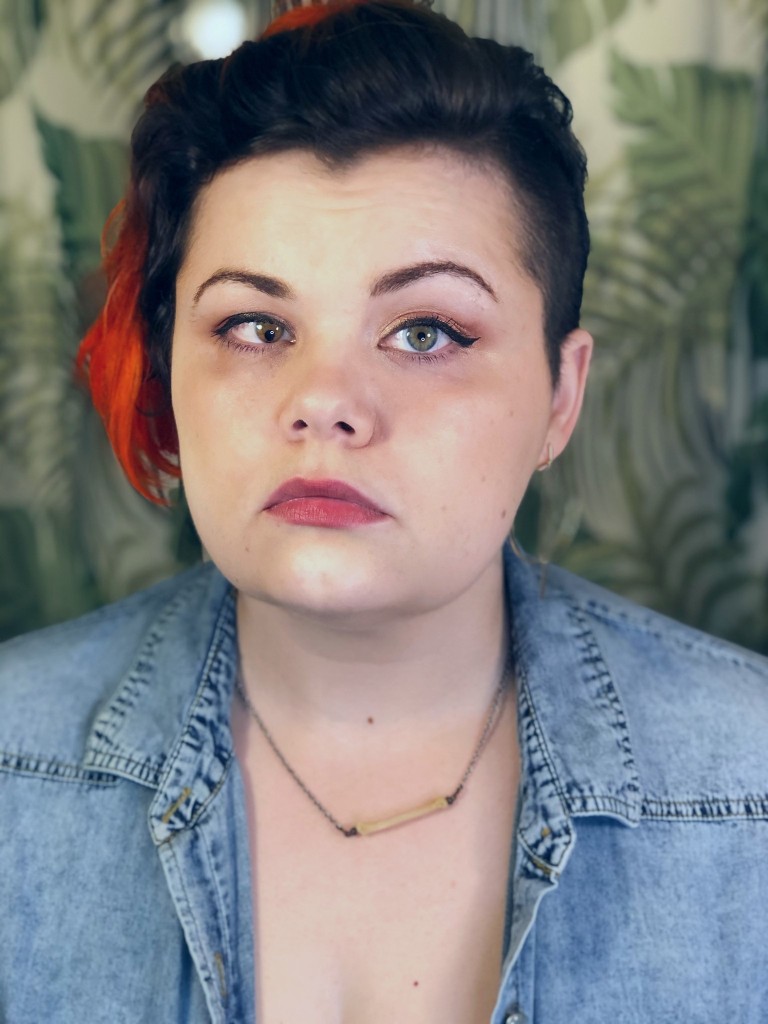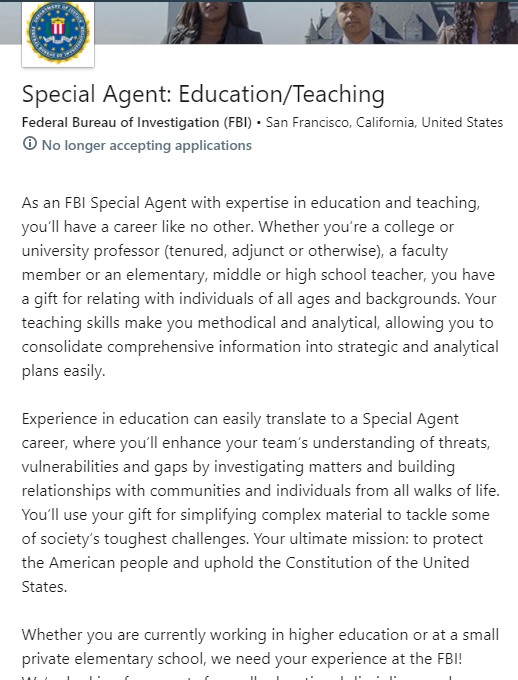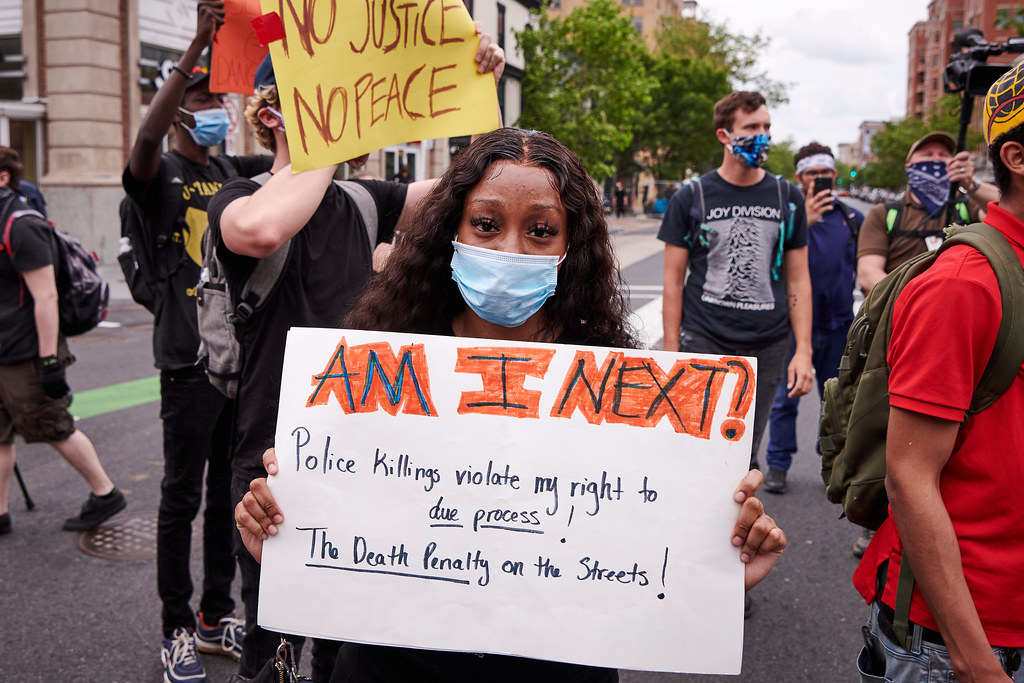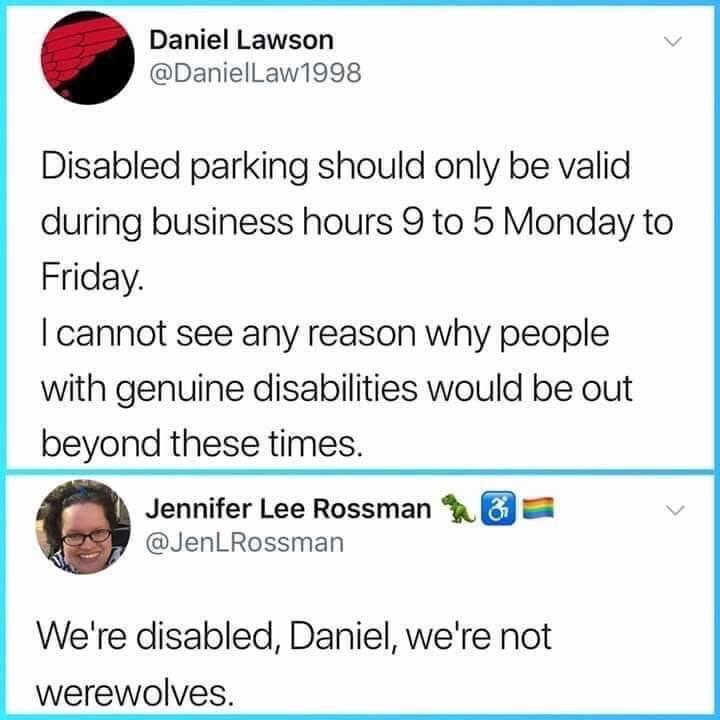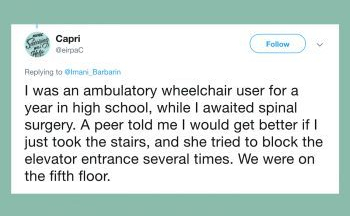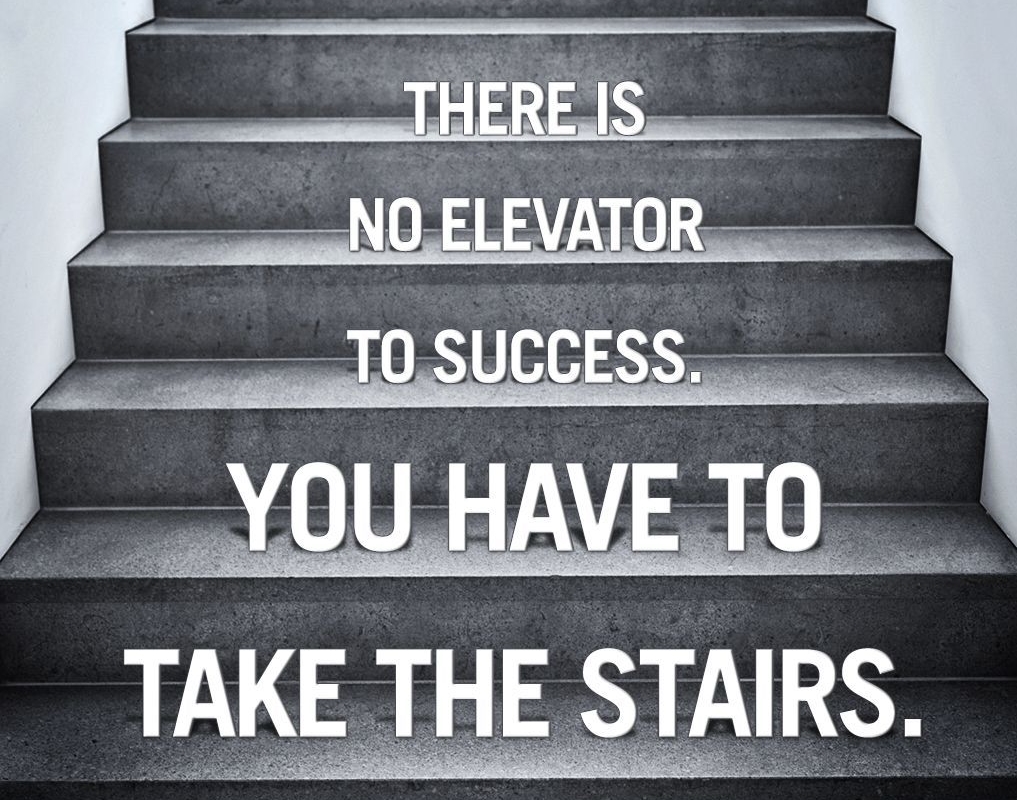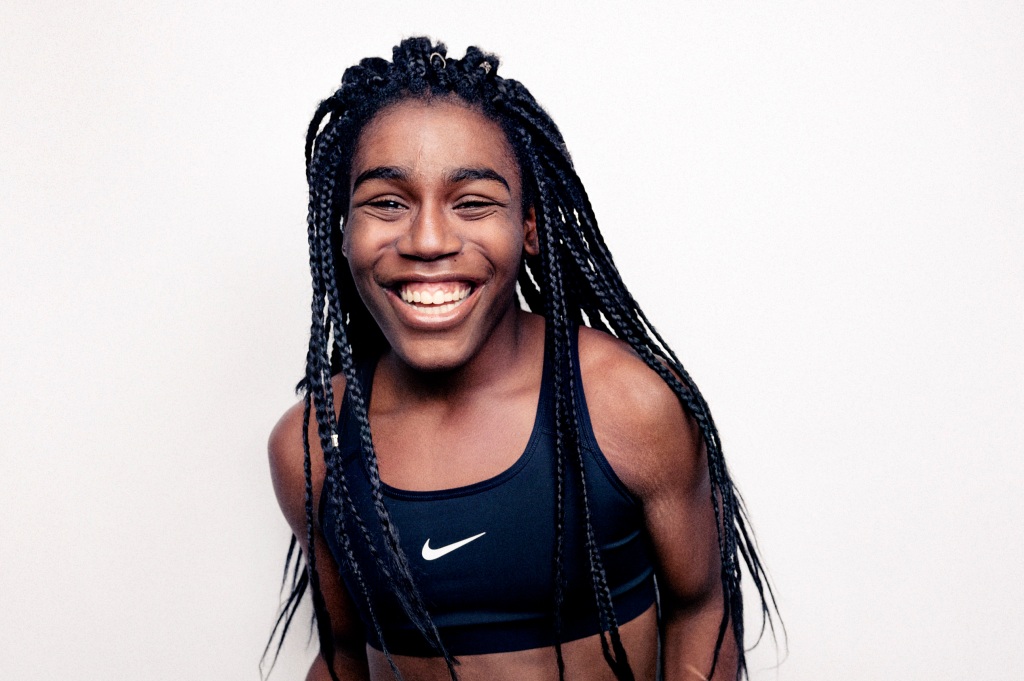
There’s a major debate happening around transgender girls. It’s actually been going on for years, but its current popularity among right-wing extremists (like Marjorie Taylor Greene) and high-profile anti-trans “feminists” (like JK Rowling) has brought the discussion into the mainstream. While an anti-LGBTQ stance is expected from the far right, many people are surprised to learn of the existence of TERFs– trans-exclusionary radical feminists. In brief, TERFs, who also refer to themselves as “gender critical,” believe that trans women are “biological men” who are appropriating the cultural oppression of women for a vague collection of reasons that include “cultural capital” and the head-scratching “to oppress women.”
My daughter, now in her 20s (!), isn’t “appropriating” the bigotry that rightly belongs to me and other cis women. There’s plenty to go around. Yet hateful people will use whatever excuse is to hand to justify their hate, and both the far right and TERFs have decided to pretend that their transphobia is actually just protecting girls and women from a host of wholly imaginary dangers that trans women inflict on cis women by virtue of their existence alone.
The latest imaginary danger is that trans girls are robbing “real girls” from the ability to be competitive in sports.
This argument is garbage, and I can prove it.
There are close to fifty different bills being proposed in over twenty state legislatures, being quickly passed by Republican-dominated legislatures, all claiming to “protect women” from trans girls playing school sports, and every one of them is bolstered by ignorance and bad-faith arguments.
“Title IX protects girls from having to compete against boys.” Trans girls are girls. Anti-trans activists do not get to gatekeep the term “girl” and set themselves up as the sole authority over the genders of all the children in America. Next.
“I’m not anti-trans! I just care about protecting women’s sports!” We all know this is a bad faith argument. A small percentage of anti-trans activists are self-serving people who want to eliminate competition, while the rest are posting mocking memes about the WNBA the 360 days of the year they’re not “protecting women’s sports.” Next.

“Allowing boys in girls’ locker rooms is a danger to girls.” Again: trans girls are girls. Trans women, especially trans women of color, are much more likely to be victims of violence than perpetrators of violence. Anti-trans violence occurs in shockingly high numbers while trans people themselves are no more or less violent than cisgender people. A trans girl in the locker room poses no more danger to her teammates than any other girl on that team, likely far less, as you’ve made certain she knows her inclusion is highly conditional on your level of tolerance.
“Trans girls have an unfair physical advantage over cis girls.” This argument is easy to counter. Anti-trans activists only seized upon the fallacy of “protecting girls’ athletics” recently, when a far-right hate group, Alliance Defending Freedom, filed suit on behalf of three cis runners who believed that competing against two trans runners was unfair. They stated that it was now “impossible” for them to win, and that they were being “sidelined” in their own sport. The two trans athletes in question are both exceptionally gifted runners, and the ADF suit alleges that their achievements on the track are solely due to their gender. The scientific consensus is that there’s no science-based reason to ban trans girls from girls’ athletics, but you don’t need science to disprove this argument. All you need is the simple fact that one of the cis girls who’s a plaintiff in the lawsuit beat Terry Miller, one of the trans girls she’s attempting to bar from competing– more than once, and in three separate events– just days after the suit was filed.
If you need more evidence, consider that children under 10 have few discernable gender-based differences in their physical abilities, yet anti-trans activists want to extend the ban to all ages.
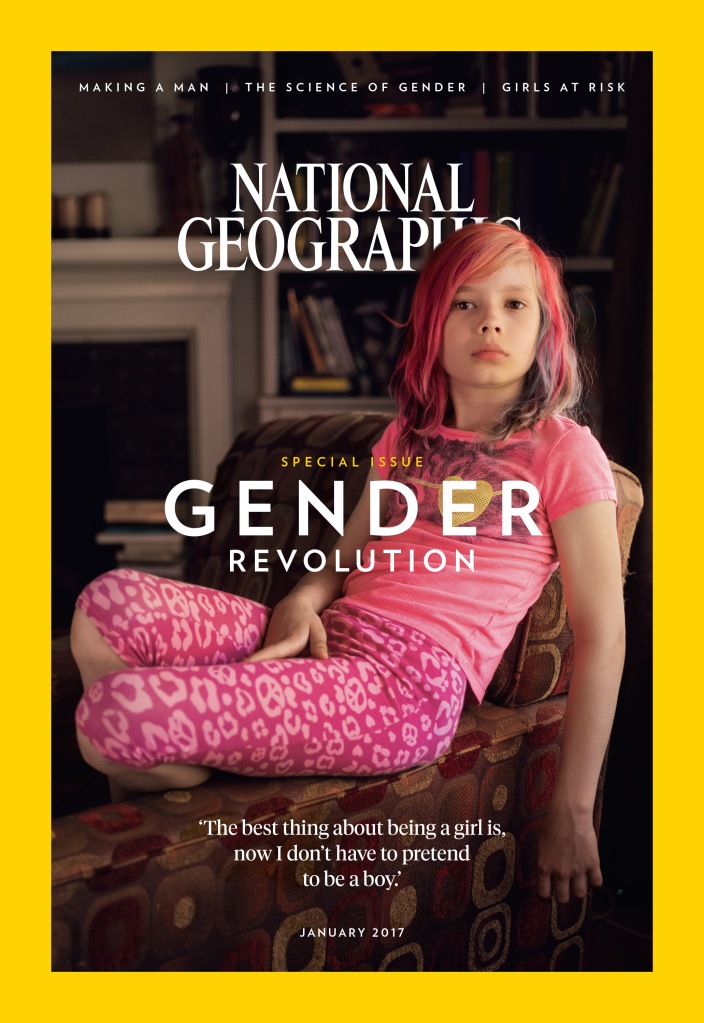
The most disturbing aspect of all of this is the question: How do anti-trans activists expect schools will enforce these bans? Before puberty, gender difference is expressed entirely through external markers like clothing and hair– unless you insist that teachers have the right to physically inspect children’s genitals, an appalling concept to everyone, one would hope. And even after that age, there’s no reliable way to determine who is cis and who is trans just by looking. Due to the relentless and aggressive harassment, attacks, and oppression trans students face in our schools, many trans kids do not reveal they’re trans. I recall sitting in a staff meeting at a high school and silently listening to another teacher– a cis man– wonder aloud why we had no trans girls at our school. He worded it as “boys who want to be girls,” which explains why he had no idea that we indeed had trans girls, none of whom evidently felt safe enough with him to reveal that fact. All of our high school students were well past the prepubescent stage, and it was impossible to identify every trans girl attending our school as trans.
If you’re about to say, “Just use the birth certificate,” I have a birth certificate that shows that I gave birth to a baby girl, despite the fact that she was assigned a different gender at birth. When she was a teenager, the court changed her name and gender, and all I had to do was send a copy of the court order and $32 to Records to have her birth certificate reissued. While not everyone has the resources and parental support to get a legal name and gender change, many states are making the name and gender change process more accessible. And even with dozens of roadblocks, the number of trans students able to access the process is not zero. Which leads me to:
“It should be illegal for people to transition before they’re 18 anyway.” One of the main challenges of this “debate” is the sweeping, comprehensive ignorance of anti-trans activists combined with their consummate dedication to bad faith arguments. Anti-trans activists love to pretend that parents are somehow forcing their children to become trans, and that children are too young to know who they are. Yet parents of trans kids all tell the same stories– our kids came out to us, often to our great surprise. There are parents who try to influence their child’s gender identity, though. A shocking amount of kids are kicked out, disowned, sent to abusive camps for “conversion therapy,” and even beaten, all because they’re transgender. This lack of acceptance has led to an astonishingly high suicide rate for transgender youth.
It’s also important to address the word “transition.” There are an enormous array of options available to trans women today. Even just limiting the discussion to medical treatments, there are dozens of different drug therapies, surgeries, procedures, and processes available. Anti-trans activists oversimplify this process, often down to the outdated, cringeworthy, and wholly inaccurate “pre-op” and “post-op,” as if the current state of a stranger’s genitalia dictates their gender. I can assure you, dear reader, that exactly no humans apart from my husband and my doctor have seen mine for many years, but every anti-trans activist I’ve encountered believes– without question– that I am a woman simply because I appear to be.
This is the heart of the matter. Anti-trans activists don’t care about protecting women. They care about punishing difference.
How do we know this isn’t about “protecting women” or “saving women’s sports”? Because many of the bans being proposed or currently in place require all student athletes to compete as the gender they were assigned at birth, which forces trans boys to compete against cis girls.
Let’s take a little tour through online photos of trans male athletes, beginning with Mack Beggs.
According to anti-trans activists, these young men are, in fact, women, and should be competing against women and using women’s restrooms and locker rooms. Of course, what they really want is for trans people to disappear from public life entirely. Conservatives forced Mack Beggs to wrestle on the girls’ team and then harassed him when he did.
These bans are harmful, anti-science, and, ultimately, unenforceable. They exist solely to punish difference, as they exist alongside other punitive measures taken against athletes who don’t conform to stereotypical notions of binary gender. Intersex athletes (a category larger than many people believe) who identify as women have long been subjected to invasive, traumatizing, and sometimes disqualifying examinations to determine if they’re “female enough” to compete as women. Even cis women who simply appear more masculine than transphobic gender gatekeepers would like, such as Caster Semenya, are subjected to invasive procedures, humiliating public discussions, and open harassment. When it was discovered that Semenya had naturally elevated testosterone, World Athletics instituted a regulation requiring women with elevated testosterone to take medication to lower it in order to compete– but only for the events in which Semenya regularly competes. And it’s surely no coincidence that the athletes bearing the brunt of all this scrutiny and criticism are Black.
This is about punishing difference, and nothing else, and the fact that it’s mainly targeting children is over the line. Let the kids play.












